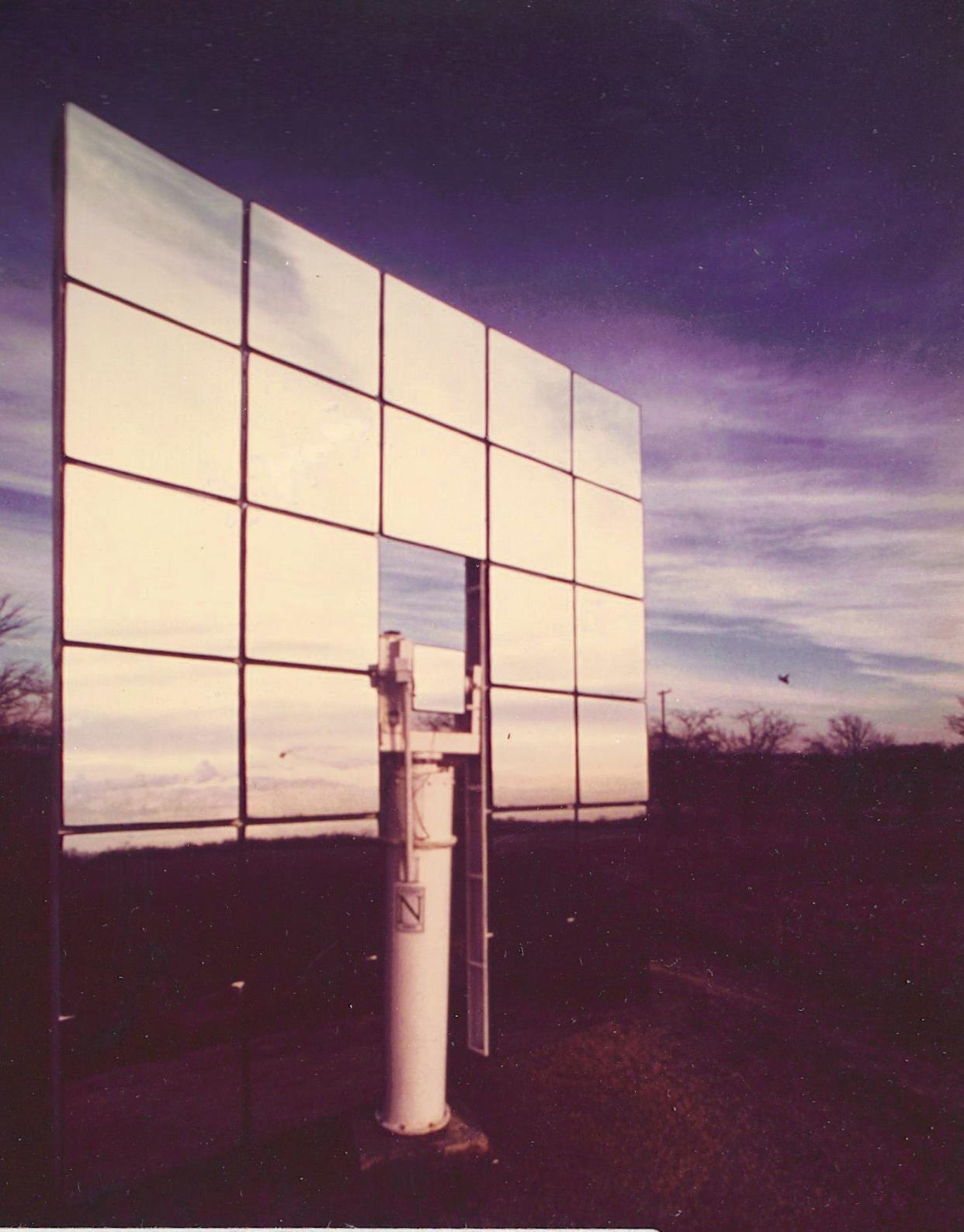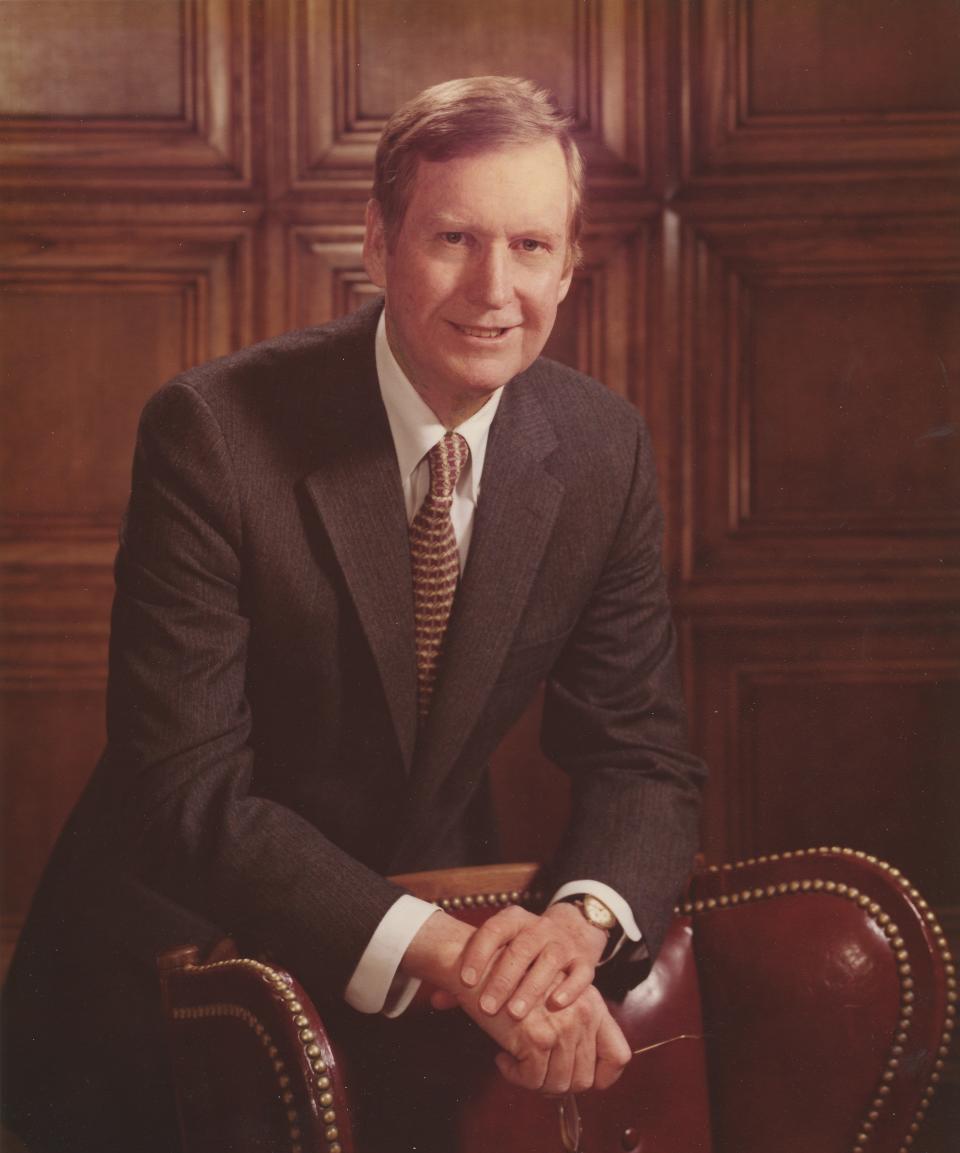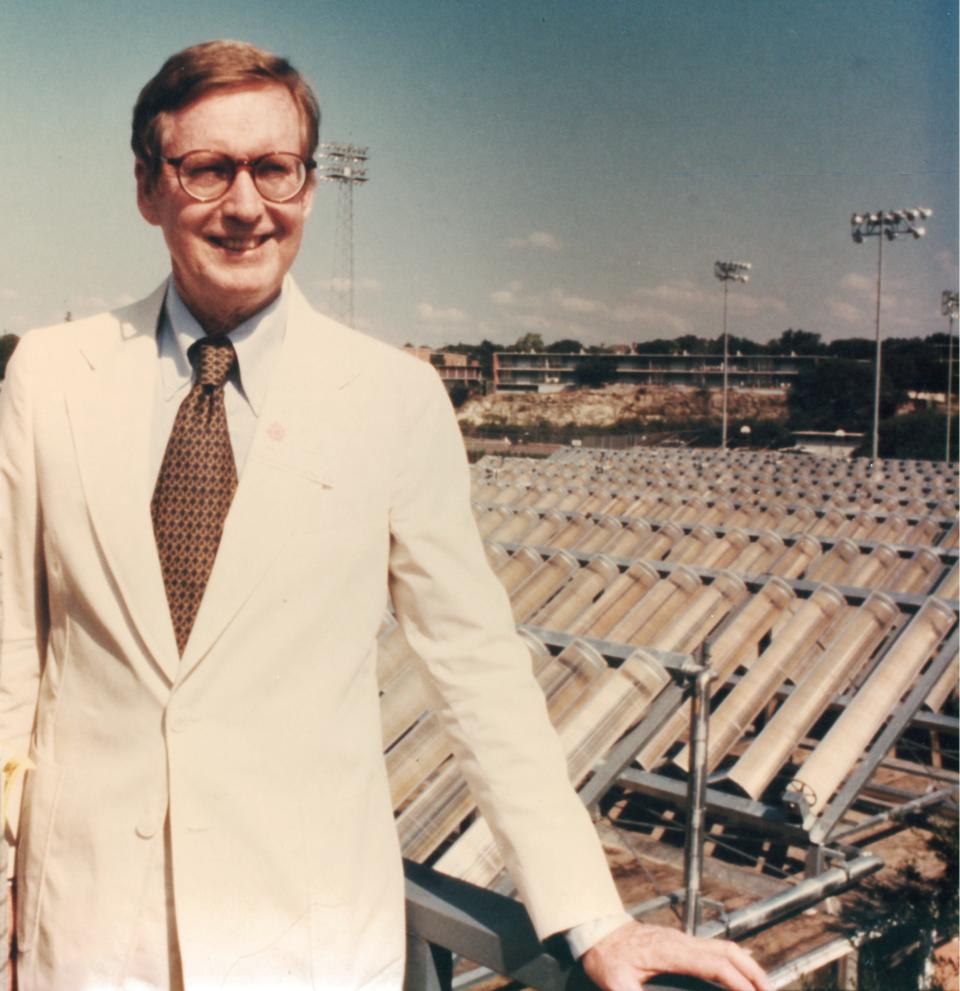TEXAS HISTORY MINUTE: Leonard Northrup's work with solar energy revolutionized era

The twentieth century was a time of great innovation and progress in technology. Some of the most significant breakthroughs were in the areas of energy, medicine, and electronics. Leonard Northrup was among these important inventors. In a life that took him from making saddles to making solar power, Northrup’s own work with solar energy helped revolutionize the entire industry.
Leonard L. Northrup Jr., was born in Houston in March 1918. His father was an inventor, and both parents had deep roots in Texas history. At a young age, he showed a fascination with detail and developed a strong work ethic. He worked for a time as a youth in his grandfather’s saddle factory and later delivered newspapers. As a young man, the family moved to Dallas, where he graduated high school in 1936. Inspired in part by his father’s love of science, he studied engineering. He stayed close to home for college, earning a degree at Southern Methodist University. He then went on to earn a masters degree in engineering at the University of Denver and a second masters degree, in business administration from Harvard University.
During World War II, Northrup served in the army corps of engineers. He continued to serve shortly after the end of the war, eventually rising to the rank of captain. He met his first wife Jane Keliher while in the army, and the couple eventually had three children together.
After he left the army, he began working for a Dallas-area machinery and aircraft parts manufacturer. Part of the company’s business involved work on jet engines. In 1951, Northrup patented a process for cleaning jet engines much more quickly and efficiently. He followed it up with a 1954 patent for cleaning other small parts.

In the 1950s, he became fascinated with refrigeration and early efforts at air conditioning. He had become successful enough that he and his wife designed a new home for their family in Dallas. He incorporated an innovative air conditioning system for the house, one of the first homes in the state to have a central air conditioning system. He began building and selling air conditioners for cars, devices that would be installed in the trunks of cars with cool air piped inside. When his friend Curtis Mathes began his electrical products company in the late 1950s, Northrup began selling Mathes’s air conditioning units for homes and apartment buildings.
By the late 1960s, he bought Mathes’s air conditioning division as Mathes branched into televisions and electronics. Northrup found new ways to improve the efficiency of air conditioners. By the early 1970s, he had patented three new devices to improve electrical efficiency and heating and cooling. These inventions changed how Texans and millions of others across the South and West weather the heat of summer. Though others had created air conditioners and improved on them previously, Northrup helped make them much more efficient and widespread in homes across the country.
In the 1970s, he turned his attention to solar power as the nation faced a series of crises in the energy industry. Consulting with scientists and engineers, Northrup began building solar collectors to heat air. He also began using new materials, curved lenses, and new designs to concentrate the amount of solar energy collected. Northrup also began constructing solar power towers to collect focused solar energy and tracking mirrors to maximize the energy collected. He also began applying his solar innovations into practical commercial products through his company, Northrup Energy. His inventions included the first solar-powered water heaters and solar-powered air conditioners.

Between 1975 and 1978, he completed four patents on solar energy devices. Northrup also began working with photovoltaic hybrid energy systems, finding ways to incorporate solar cells into power generation. He garnered a great deal of respect within the solar industry, and by the end of the decade, his company merged with ARCO Solar. ARCO Solar later merged with BP Solar becoming the largest photovoltaic solar company in the world.
In his later years, her served on the Board of Trustees of Trinity University in San Antonio and began ranching. In the 1980s, he founded American Limestone, a company that sought new ways to use Texas limestone in construction. His first wife died in 1989, and he married Mernie Myers in 1992. Now past 70, Northrup continued to study solar energy and new types of solar technology. In 2006, at the age of 88, he received his fourteenth and final patent. It was for a process to desalinate water using simple evaporation.
Energized by the pursuit of knowledge, he continued to work until nearly his dying day. In February 2016, just weeks shy of his ninety-eighth birthday, he finally retired, content that his work was done. Sadly, his wife died just a couple of weeks later. And less than a week after he turned 98, Northrup died quietly in Dallas at his home, beloved by family and celebrated by colleagues for his triumphs in technology.

Ken Bridges is a Texas native, writer and history professor. He can be reached at drkenbridges@gmail.com. The views and opinions expressed here are the author’s own and do not necessarily reflect those of the Herald Democrat.
This article originally appeared on Herald Democrat: TEXAS HISTORY MINUTE: Leonard Northrup's work with solar energy revolutionized era

